Does Sustainable Construction cost more and how does a “Green School” affect your budget?

“Green School” designations can help a school’s overall budget by minimizing energy costs and improving indoor air quality and the health of students and staff while maximizing taxpayers’ dollars.
The label “Green School” can mean many different things to different people but no matter how you may define it, green school buildings are better for budgets because they are designed to save money over the life cycle of the school building through reduced utility consumption and expenses while providing superior indoor air quality.
Green schools result in budget savings that can be reinvested into more efficient buildings, more inspiring learning environments, new technology, more resources for teachers, or other priorities of the school district.
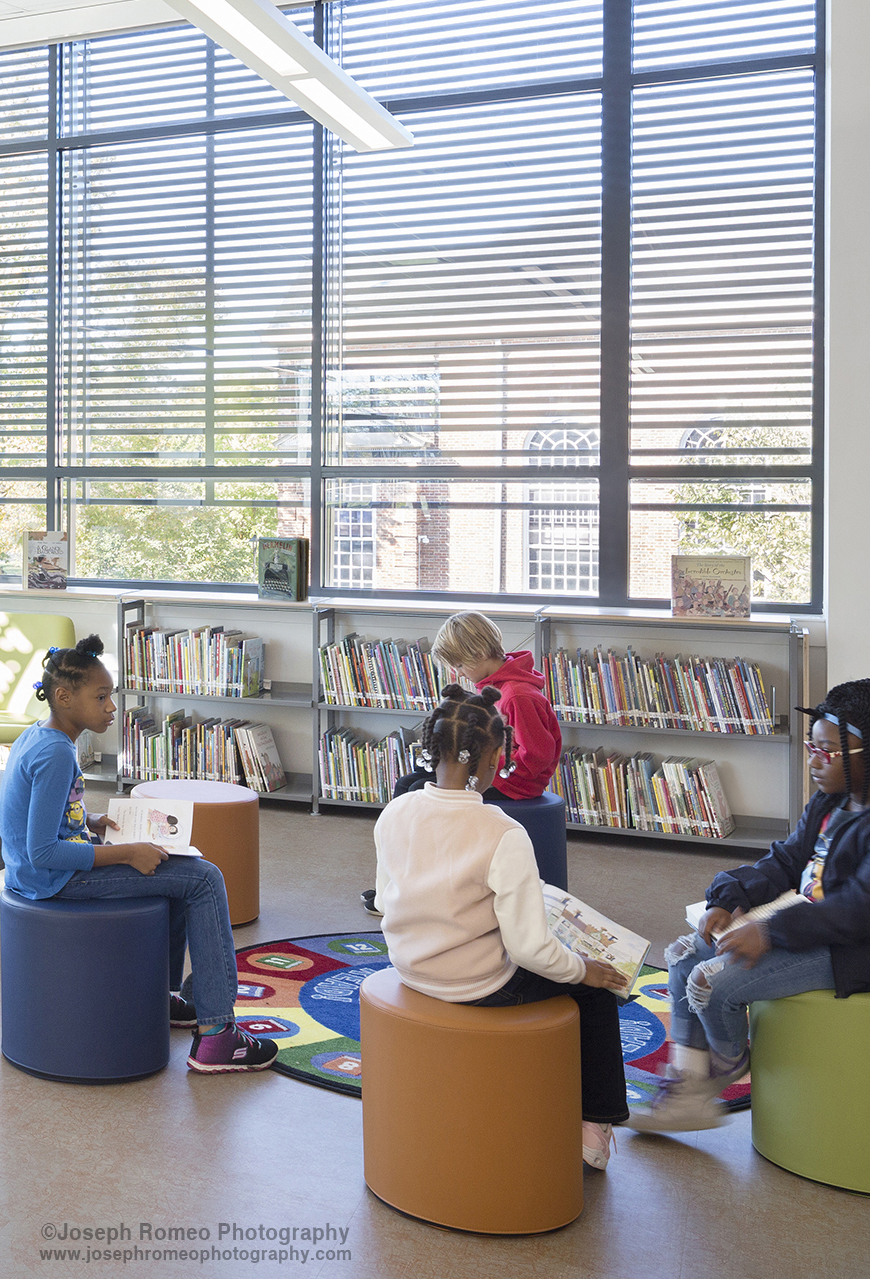
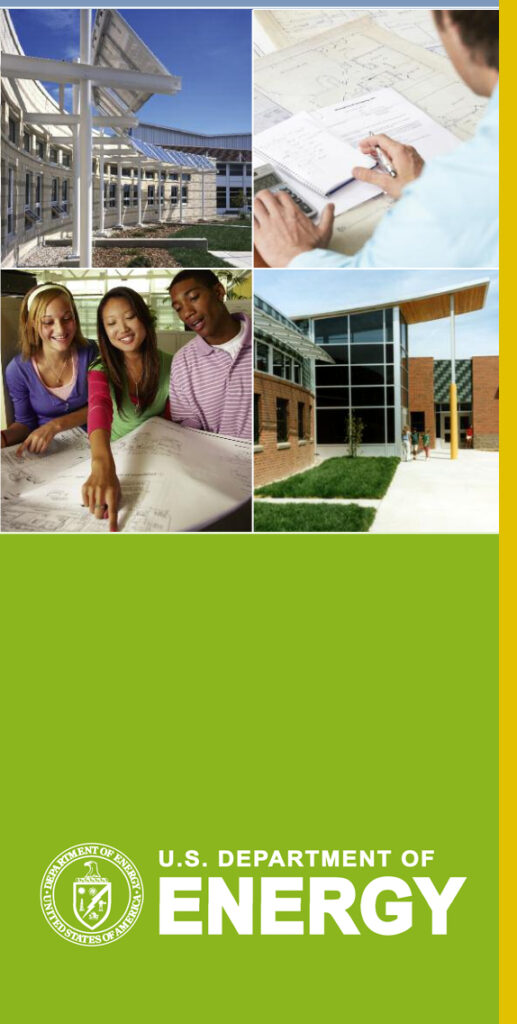
The Department of Energy’s EnergySmart Schools report shares that “K–12 schools spend more than $8 billion annually on energy, making energy the second-highest operating expenditure for schools after personnel costs.” There are a variety of ways that schools can find energy-saving costs including energy-efficient heating and air conditioning systems, energy-efficient lighting and occupancy sensors, daylighting strategies, water-efficient fixtures, and lower operations and maintenance expenses. According to the Environmental Protection Agency (EPA), “around a quarter of the energy used in U.S. schools is wasted. If all schools were renovated or constructed using basic energy efficiency principles, the total energy savings alone would easily reach $20 billion over the next 10 years.”
A “green school” is divided into three pillars that explain how to measure its progress. First, reduce environmental impacts and costs, next, improve occupants’ health and performance, and finally, effective sustainability education.
Reduce Environmental Impacts and costs:
- By cutting water usage in buildings and finding ways to reduce water waste.
- Reduce waste going into landfills by recycling or finding ways to compost.
- Reduce energy use in school buildings to reduce greenhouse gas (GHG) emissions.
Improve Occupants’ health and performance:
- By monitoring the indoor air quality (IAQ) – such as the amount of CO2, VOCs, particulates, and humidity in the air.
- By providing programs and services for good nutrition and physical activity and encouraging positive life habits.
- By increasing the amount of daylighting in schools because increased exposure to daylight affects the production of important hormones and impacts students’ and faculty’s alertness and sleep/wake cycles.
Effective Sustainability Education:
- Green schools that educate kids on sustainability tend to have more successful outcomes.
- By offering climate leadership programs for educators, students, and facilities staff.
- By providing resources and support to reduce and manage waste and increasing the effectiveness of comprehensive recycling programs.
The value of Zero Energy Ready (ZER) Schools dramatically reducing energy consumption has many positive economic, educational, and environmental impacts for multiple stakeholders. Here are some benefits of ZER schools for school districts, teachers, and students.
School District Benefits:
- Competitive first costs; a ZERO Energy school can be designed and built with the right design and construction management partners without additional costs and within a typical school construction budget using conventional materials, equipment, and tradespeople. Additionally, robust construction recycling, local sourcing of materials, and rigorous construction pathway cleaning and reduction of particles in the air all ensure green building practices are utilized with no additional costs and with responsible use of taxpayer dollars.
- Reduced school district operating costs, which frees up additional money for classroom and other educational needs and decreases the school district’s fixed costs for decades to come.
- Improved safety and reliability during power outages, thanks to increased daylighting and a tight building envelope to maintain thermal comfort.
Teacher and Student Benefits:
- Healthy indoor environments can reduce absenteeism and improve academic performance by providing better indoor air quality and bright, welcoming, comfortable spaces.
- Enhanced learning environment as the school becomes a living laboratory for science, energy, and technology. The students benefit from hands-on learning; they personally see the workings of an extremely energy-efficient building every day.
- Pride in their beautiful and innovative school.
OUR RECENT EDUCATION PROJECTS
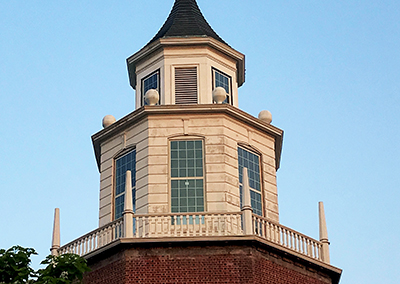
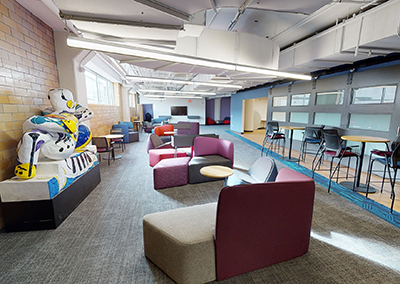
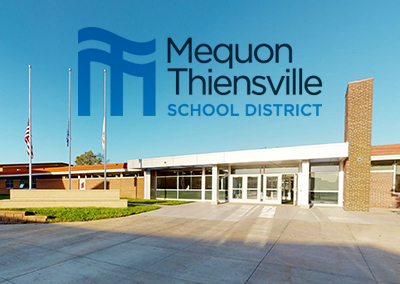
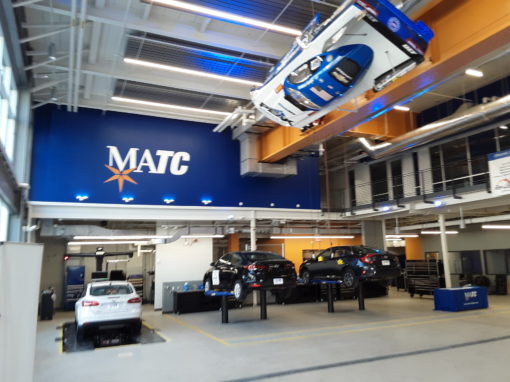
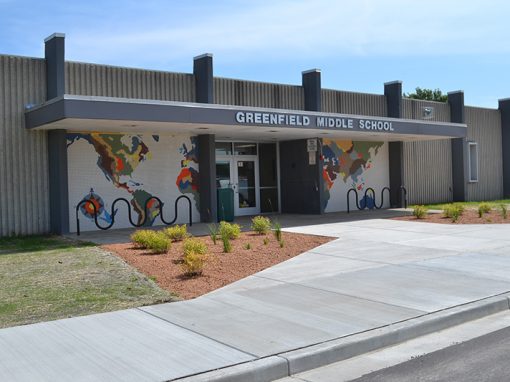
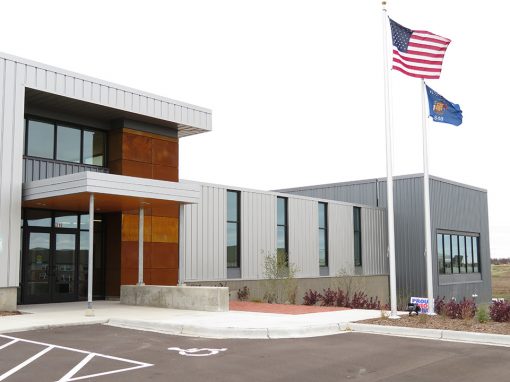
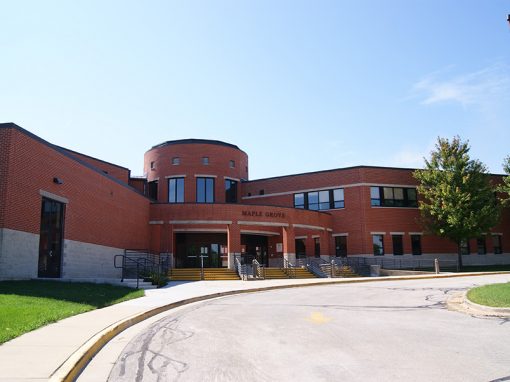
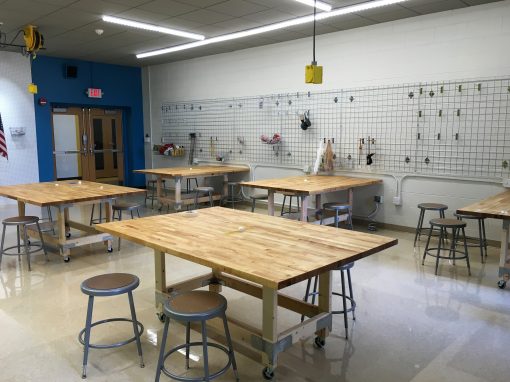
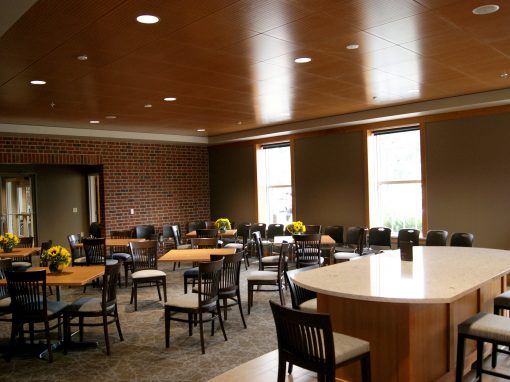
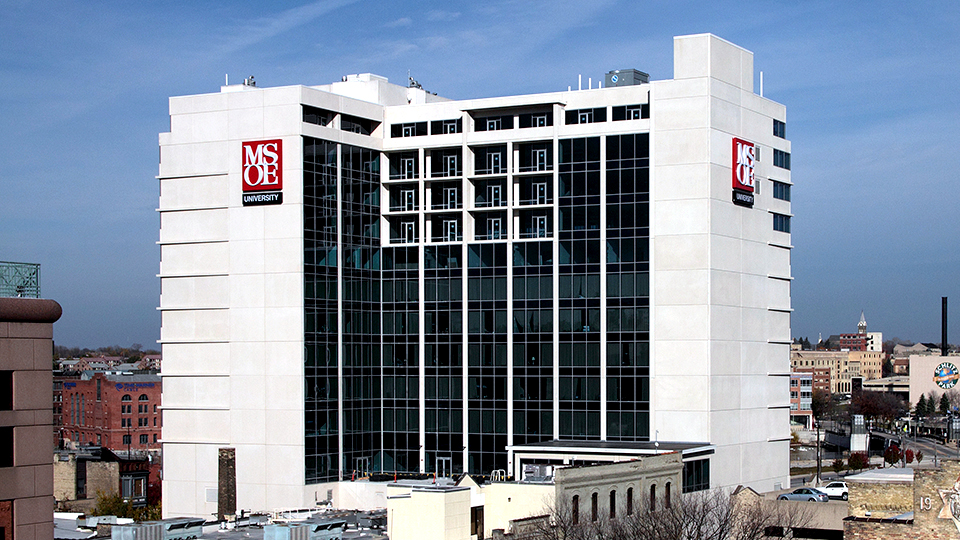
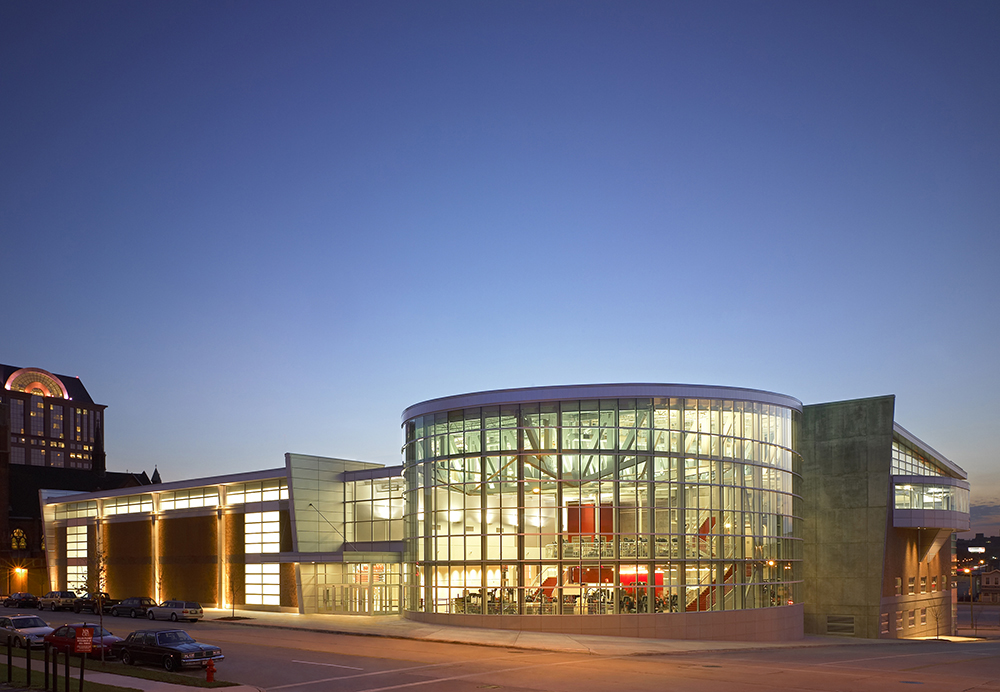
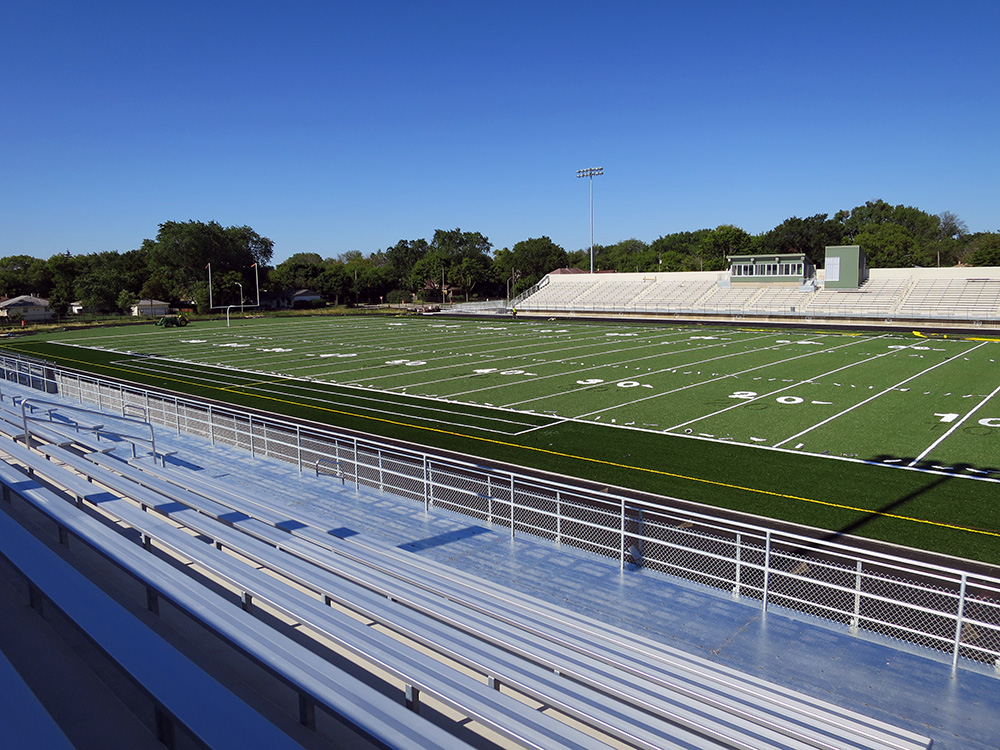
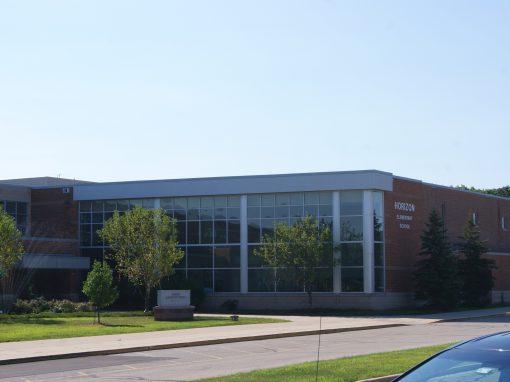
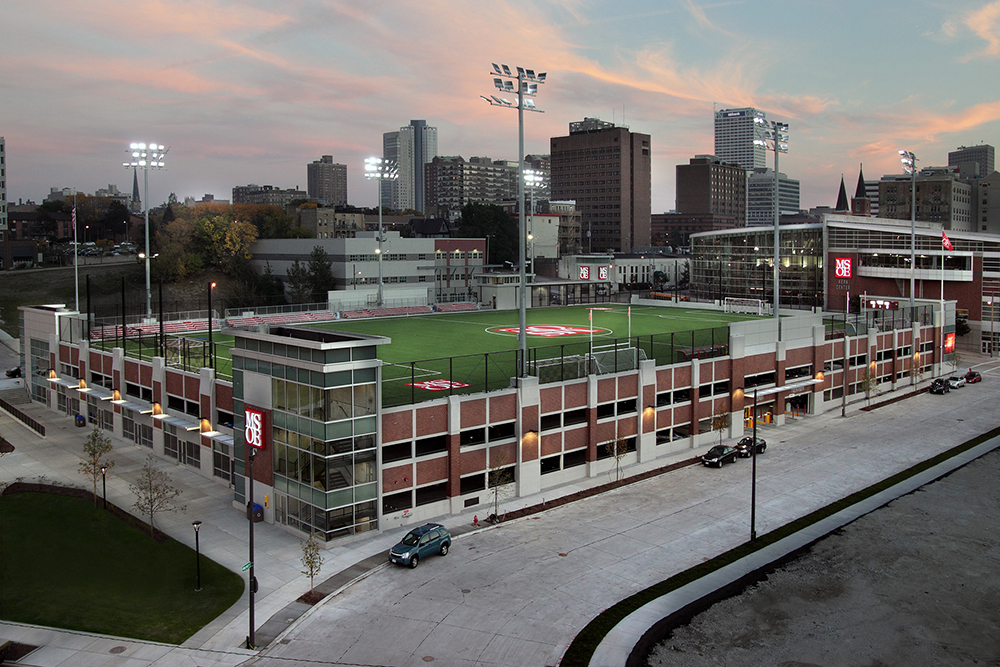
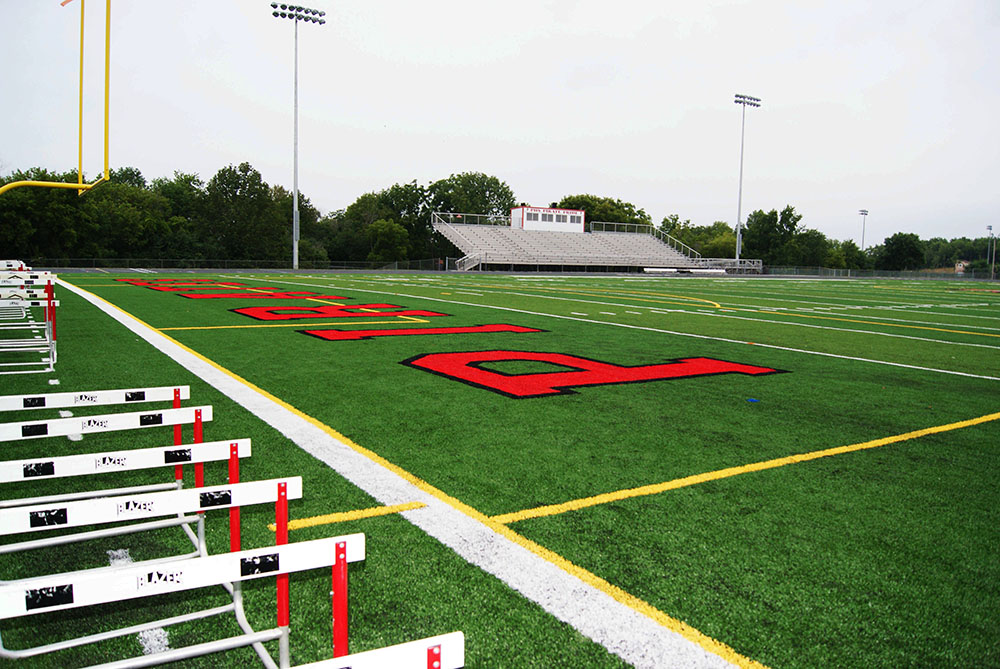
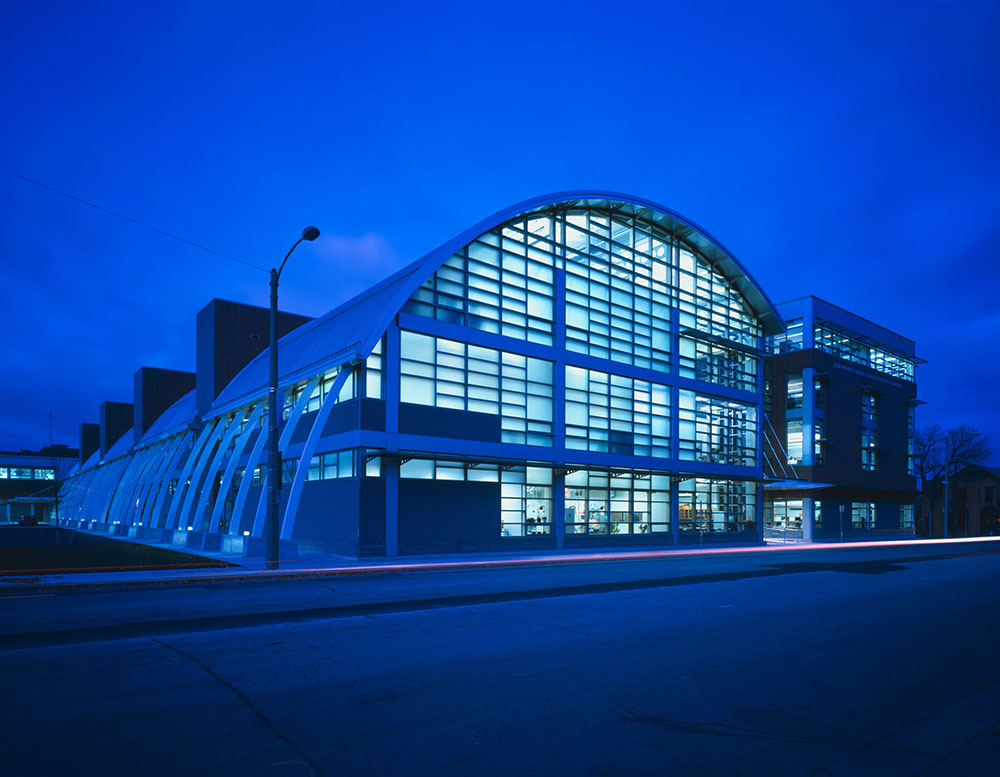
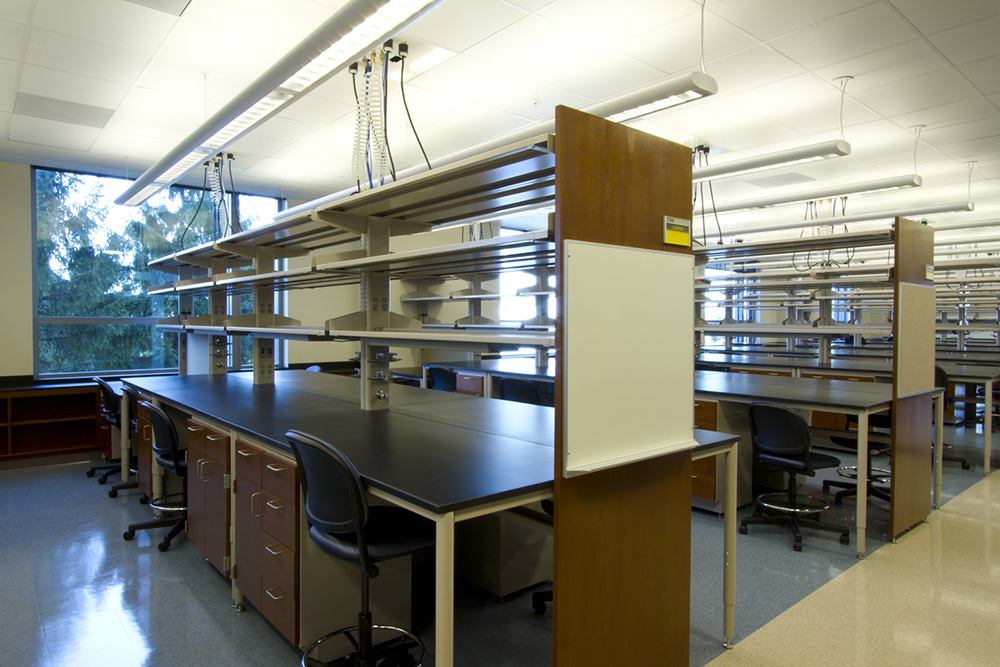
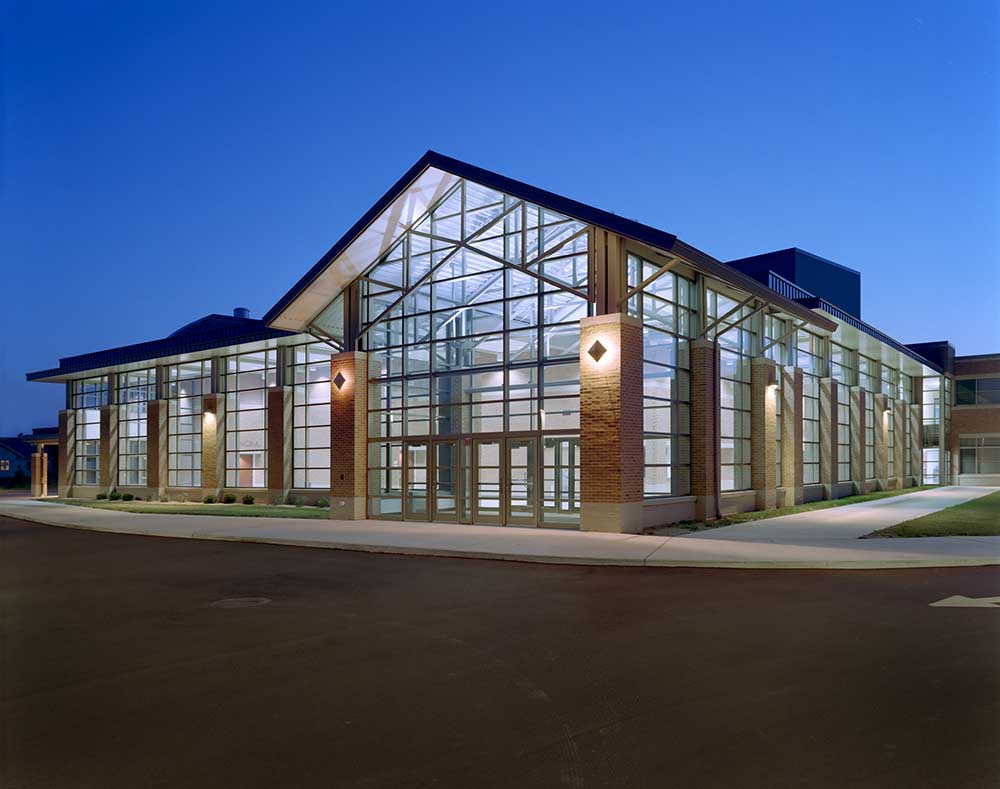
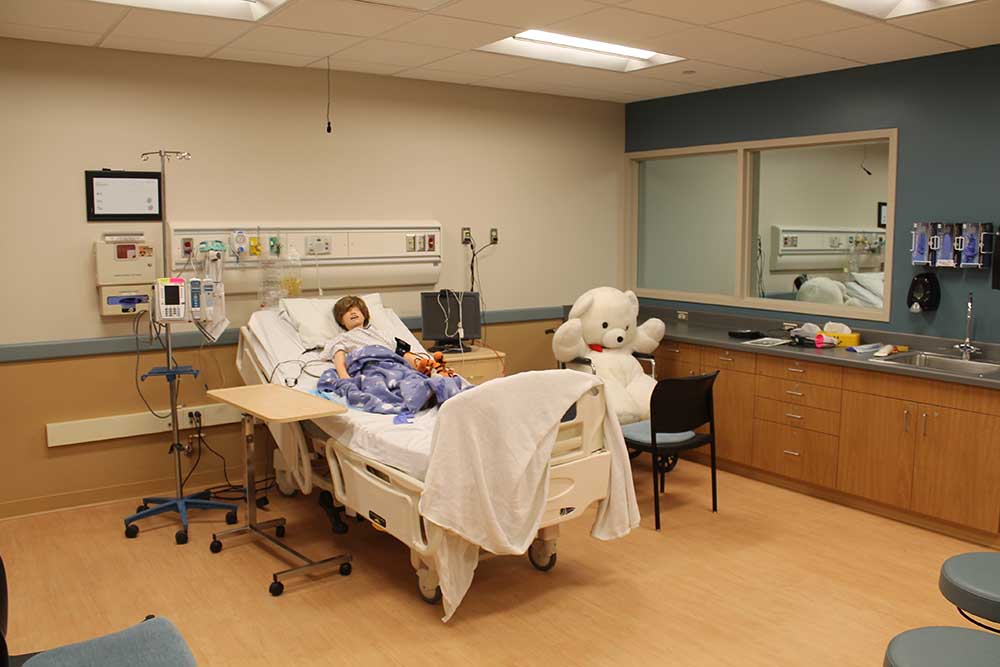

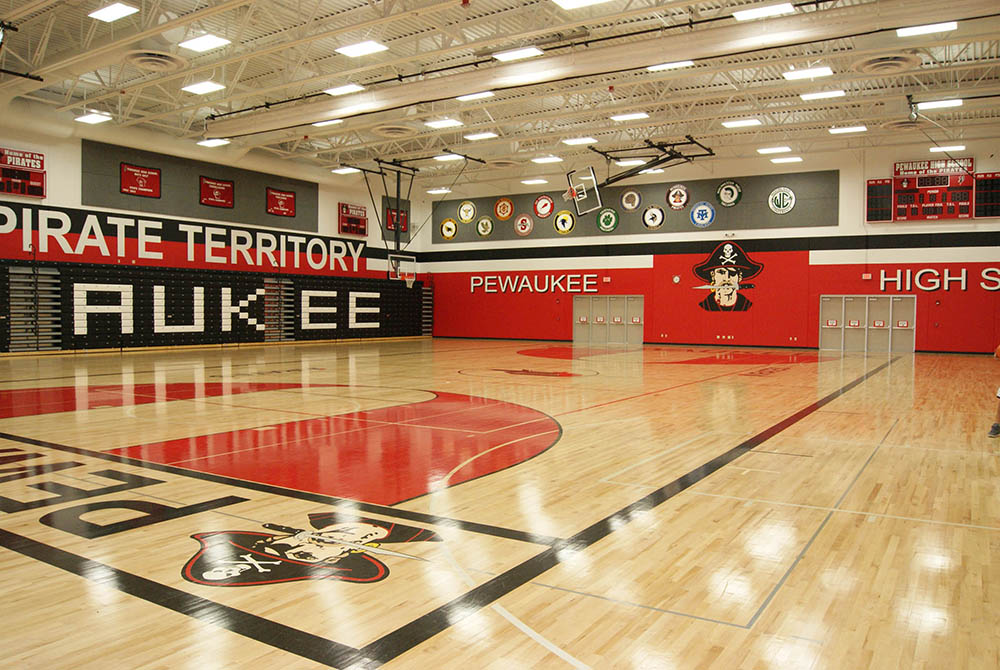
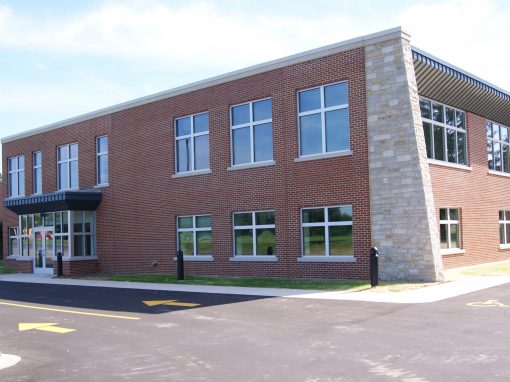
BUILDING THE FUTURE TOGETHER
Interested in hearing more about our projects? Sign-up for our e-mail newsletter.
